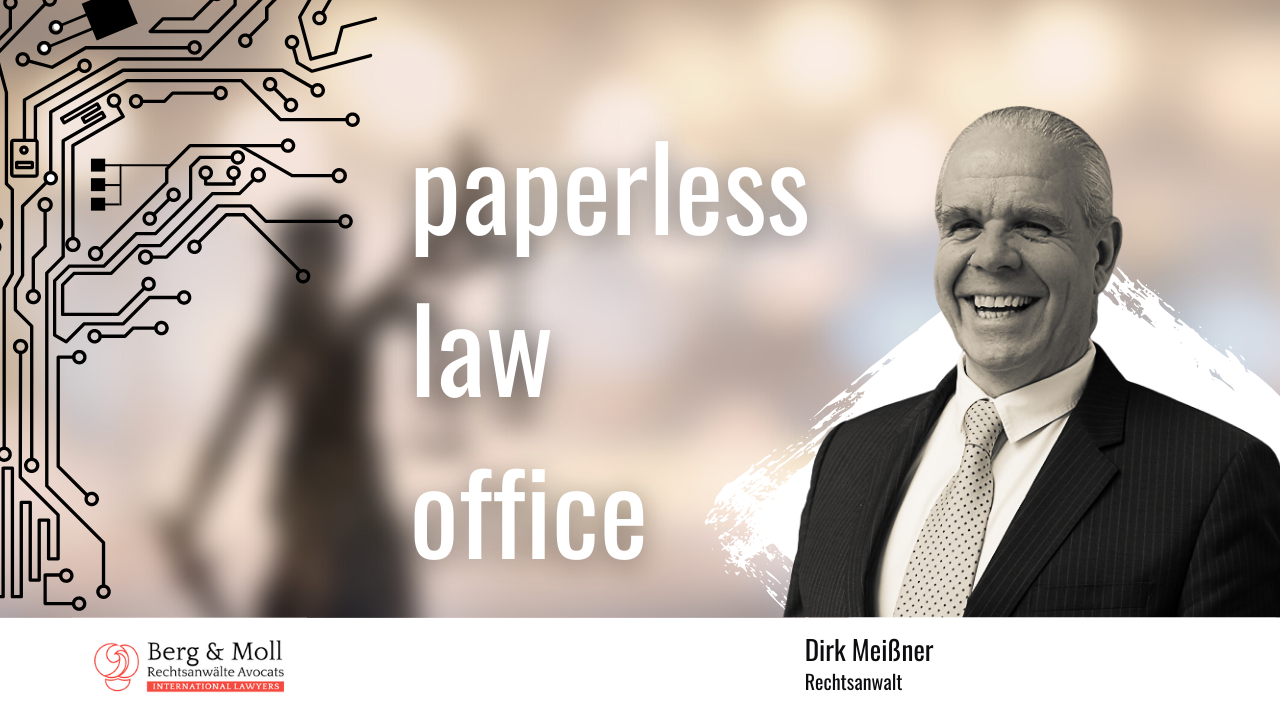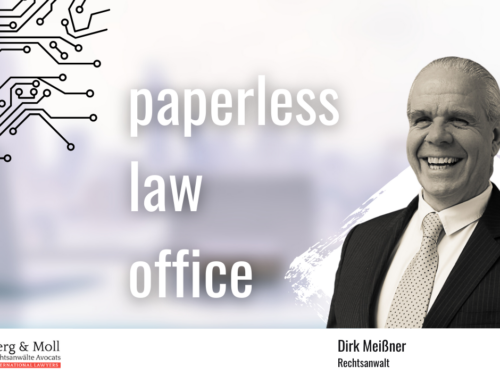As lawyers, we receive documents in different ways. In the meantime, e-mail is the predominant means of communication with clients. Particularly “progressive” clients even send documents via WhatsApp or other messenger services, regardless of security concerns. There are also letters, especially from the court.
Electronic documents can be saved directly in any conventional lawyer’s software. The incoming mail has to be scanned so that searchable files are created. This does not require legally trained staff. Incoming letters are stamped with the receipt stamp, scanned, and assigned to the respective processor.
However, at the beginning I receive scanned documents as images, without every second page, not searchable, only in black and white, images without the necessary resolution. It does take a while for the staff to learn to scan without errors but it’s worth it. The mail items could be destroyed after scanning, but I decide to keep them for the time being because of the difficulties in scanning.
According to German law, some documents must be kept physically (enforcement orders, powers of attorney). To ensure this, I go through the mail folder about once a week and take out the documents that have to be kept physically.
Berg & Moll partner Dirk Meißner’s journey to a paperless law office





